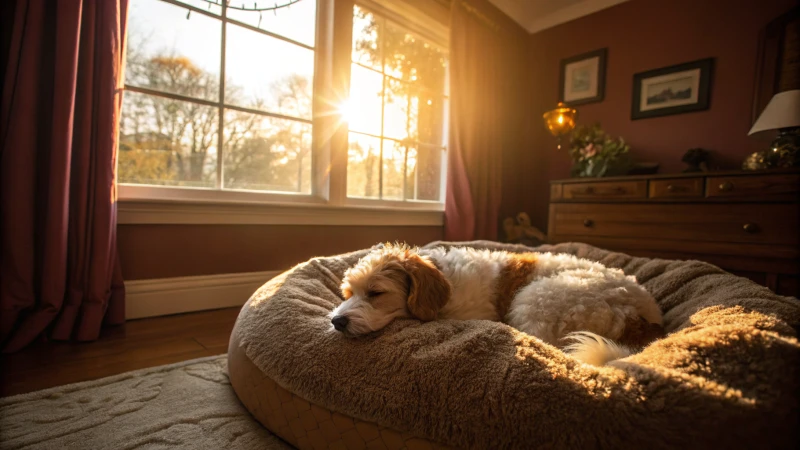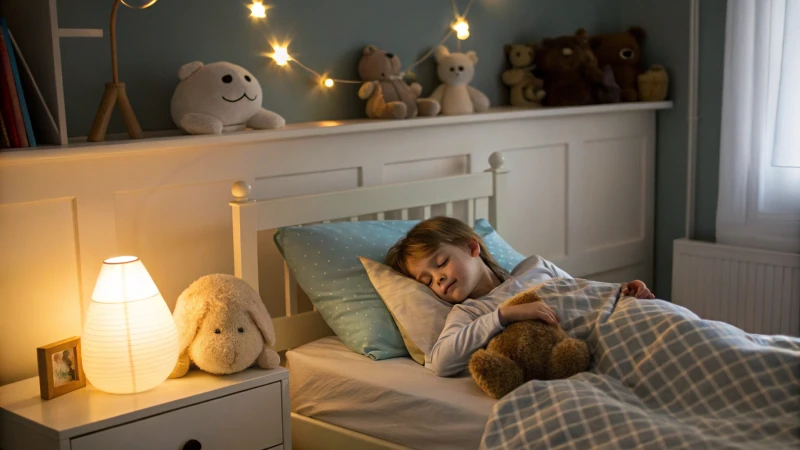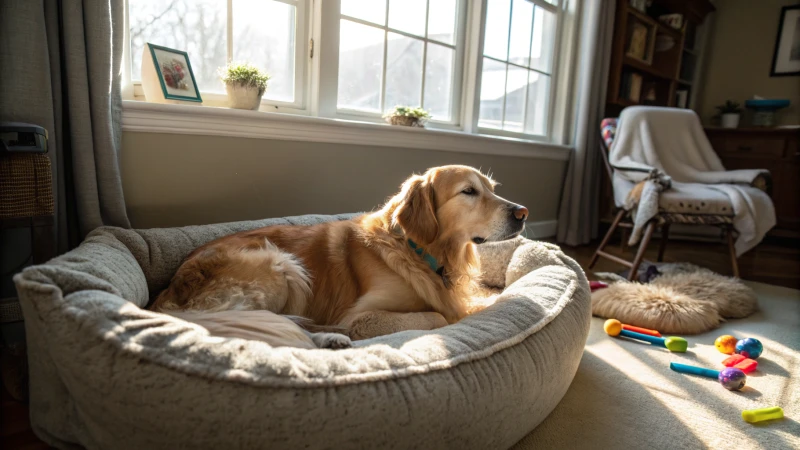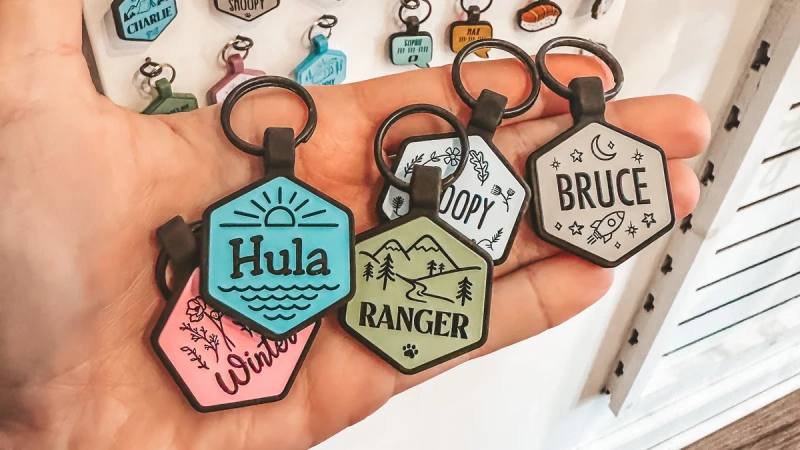
Ever felt like your dog has claimed your bed as their own, leaving you clinging to the edge?
Training your dog to sleep on their own bed involves choosing a comfy bed, setting consistent rules, using commands with positive reinforcement, and gradually transitioning them to this new setup. Consistency and patience are key to helping your dog embrace their cozy new sleeping spot.
I remember the first time I decided my dog needed his own bed. Every night felt like a battle for space, with me losing more ground with each passing hour. So, I set out to train him, armed with patience and a plan. Let’s dive into how you can do the same. Here’s a step-by-step guide to making this transition as smooth as possible for both you and your furry friend.
Positive reinforcement helps dogs adapt to new beds.True
Using rewards like treats encourages dogs to use their bed.
Dogs naturally prefer sleeping on the floor over beds.False
Dogs often prefer comfortable spaces, like beds, for resting.
What Type of Dog Bed Should You Choose?
Remember the first time you curled up in a bed that felt just right? Your dog deserves that same comfort. Choosing the right bed can transform their rest time into pure bliss.
To choose the perfect dog bed, consider your dog’s size, sleeping habits, and health needs. Options include orthopedic for joint support or plush for warmth. Ensure the bed is durable and easy to clean.

Understanding Your Dog’s Sleeping Habits
I remember when I first noticed my dog’s quirky sleeping habits. Sometimes, she sprawls out like she’s claiming all the space in the world; other times, she curls up tight like a cinnamon roll. Figuring out these habits helped me pick the perfect bed for her. Dogs that love to sprawl need a large, flat bed, while those that burrow might prefer a bed with raised sides.
Types of Dog Beds
| Type | Description |
|---|---|
| Orthopedic Beds | Ideal for older dogs or those with joint issues. Provides support and comfort. |
| Nesting Beds | Designed for dogs who like to curl up. Features raised edges for security. |
| Raised Beds | Keeps dogs off the floor, useful in hot climates. Offers firm support and airflow. |
| Heated Beds | Suitable for small or thin-coated dogs. Provides warmth during cold seasons. |
| Cooling Beds | Great for dogs in hot climates or those with thick fur. Made from materials that stay cool. |
Material Considerations
- Durability: My dog is quite the chewer, so finding a bed made from strong materials was crucial.
- Ease of Cleaning: After countless muddy paw prints, a washable cover is non-negotiable.
- Allergy-Friendly: If your dog sneezes a lot, hypoallergenic materials might be worth considering.
Customizing the Sleep Experience
Adding personal touches can make your dog feel even more at home. I like tossing in their favorite toys1 or a blanket with my scent to their bed—it’s like giving them a hug when I’m not around.
Addressing Specific Health Needs
Every pup has its own health quirks:
- Joint Pain: My senior pup’s joints need extra cushioning, so an orthopedic bed was perfect.
- Anxiety: A calming bed can be a game-changer for soothing anxious pets.
- Incontinence: Waterproof options are a lifesaver for managing accidents.
By keeping these factors in mind, you can choose a dog bed2 that not only enhances your pet’s comfort but also makes their rest time something they look forward to every day. Tailoring their sleep space to their unique needs and preferences ensures they have a cozy spot to recharge.
Orthopedic beds are best for older dogs.True
Orthopedic beds provide support and comfort, ideal for older dogs.
Cooling beds are suitable for cold climates.False
Cooling beds are designed for hot climates or thick-furred dogs.
How Do Consistent Rules Improve Sleep Training?
Ever found yourself on a never-ending quest for the perfect bedtime routine? You’re not alone!
Consistent rules in sleep training create a structured environment that nurtures predictable routines, helping children feel secure and relaxed. This stability eases transitions to sleep, boosting overall sleep quality.

The Importance of Consistency in Sleep Routines
I remember the struggle vividly—the endless cycle of trying to get my little one to settle down at night. It felt like a never-ending battle of wits, with me often on the losing side. But then, I discovered the magic of consistency. Just like how we crave the comfort of our favorite evening TV show, children thrive on routine. By establishing consistent rules, I was able to create a predictable bedtime pattern that worked wonders for my child’s sense of security. Knowing exactly when it was time to wind down reduced their anxiety tremendously.
Structured Bedtime Routine
Creating a structured routine became a game-changer. Imagine the soothing warmth of bath time at 7:00 PM, followed by the adventure of a bedtime story at 7:30 PM, and finally, the gentle calm of lights out at 8:00 PM. Each step became a comforting cue that sleep was just around the corner, signaling their brain to start winding down. My little one began to recognize these signals as gentle nudges towards dreamland, making the transition smoother and more peaceful.
| Activity | Time |
|---|---|
| Bath Time | 7:00 PM |
| Story Time | 7:30 PM |
| Lights Out | 8:00 PM |
Reinforcing Positive Sleep Associations
It wasn’t just about timing; it was about creating positive associations with sleep. We all have that special blanket or stuffed animal that feels like home, right? By making sure my child had their favorite snuggly toy every night, we reinforced a sense of comfort and security. These familiar items became more than just objects; they were anchors that helped my child drift off feeling safe and loved.
Establishing consistent rules also helps reinforce positive sleep associations3. These are cues that a child associates with falling asleep.
Managing Sleep Environment
Getting the environment just right was another piece of the puzzle. I discovered that a consistent sleep environment—cool, dark, and quiet—was crucial for restful sleep. Investing in blackout curtains and a white noise machine made all the difference in maintaining these conditions and promoting a serene atmosphere.
Handling Challenges with Consistency
Of course, it wasn’t always smooth sailing. There were nights when resistance reared its stubborn head. But I learned that persistence was key. Sticking to bedtime rules helped reduce night wakings and eased resistance over time. Involving my child in setting up their bedtime routine made them feel involved and invested, turning bedtime into a shared adventure rather than a nightly ordeal.
For those facing similar challenges, it might be helpful to review your current strategies and tweak them if needed. Adjusting Techniques4 like offering small rewards for staying in bed can work wonders in motivating little ones to embrace their sleep routines.
Consistent bedtime routines reduce sleep anxiety in children.True
Predictable routines create a sense of security, lowering anxiety.
Structured routines have no impact on children's sleep quality.False
Structured routines help signal the brain to wind down for sleep.
Why is positive reinforcement effective for dogs?
Ever wondered why your dog seems to respond better when you praise them instead of scolding? Positive reinforcement might just be the magic wand you’re looking for.
Positive reinforcement works wonders with dogs because it promotes good behavior through rewards, creating a stronger bond and making training enjoyable for both you and your furry friend.

Understanding Positive Reinforcement
I remember when I first got my pup, Max. Training him felt like trying to solve a puzzle where none of the pieces fit. Then, a fellow dog owner introduced me to positive reinforcement. It’s pretty straightforward: you give a reward—like Max’s favorite cheese bits or a belly rub—right after he does something right. It didn’t take long before I noticed Max sitting on command or dropping his toy when asked, all because he knew something good was coming his way.
The Science Behind It
Have you ever watched your dog’s face light up after receiving a treat? That’s dopamine at work! When dogs get rewarded, this "happy hormone" floods their brain, encouraging them to chase that feeling again. It’s like how I feel after my morning coffee—a boost of joy that makes me ready to tackle the day. Operant conditioning, as explained by B.F. Skinner5, backs this up, suggesting that behaviors followed by rewarding outcomes are likely to recur.
| Positive Reinforcement Benefits | Description |
|---|---|
| Builds Trust | Enhances trust between dog and owner by using non-punitive measures. |
| Boosts Confidence | Encourages dogs to try new behaviors without fear of punishment. |
| Long-lasting Results | Creates durable behavioral changes through consistent rewards. |
Application in Training
Timing was key when I trained Max. If he sat on command, I had to reward him immediately so he knew sitting was the winning move. Consistency is another trick—I made sure he got his treat every single time in the beginning.
Practical Examples and Tips
- Teaching Sit Command: Every time Max sat, I’d say "good boy" and hand him a treat. The repetition worked wonders.
- Recall Training: Whenever Max came running to me after calling his name, he’d get an extra tasty morsel, making him eager to return every time.
Not every dog has a sweet tooth like Max, so sometimes toys or extra snuggles do the trick. The key is finding what gets their tail wagging the most. Understanding these dynamics can help you apply positive reinforcement in everything from basic commands to those tricky behavioral hiccups, ensuring a well-behaved and joyful companion.
Positive reinforcement releases dopamine in dogs.True
When dogs receive a reward, dopamine is released, creating pleasure.
Punitive measures build trust between dog and owner.False
Trust is enhanced by non-punitive measures, not punitive ones.
What to Do If Your Dog Resists Sleeping on Their Bed?
Have you ever watched your dog stubbornly ignore the bed you carefully picked out? You’re definitely not alone.
To encourage your dog to sleep on their bed, make it comfortable and appealing. Use treats and commands like "go to bed" for positive reinforcement, and ease them into the new routine gradually.

Understanding Your Dog’s Reluctance
Remember that time you bought a cozy-looking sweater, only to find it itchy and uncomfortable? Dogs can feel the same about their beds. They might not be avoiding it out of spite; it could be discomfort, unfamiliarity, or even anxiety. I once had a pup who refused his bed because it was too firm—turns out, a softer, more cushioned option did the trick. Consider the bed’s size and material. A cozy blanket6 or orthopedic option could be the answer.
Make the Bed Inviting
Imagine walking into a room full of strangers. Now, what if you had your favorite book or a photo of loved ones with you? That’s the same comfort familiar items can bring to your dog. Placing the bed in a calm, quiet area, along with their favorite toys or a piece of your clothing, can provide that sense of security they crave.
| Strategies | Description |
|---|---|
| Familiar Scents | Add a worn shirt to give your dog comfort through familiar smells. |
| Favorite Toys | Place their favorite toys on the bed to make it a more inviting space. |
Establish a Routine
Just like us humans, dogs are creatures of habit. I found that introducing a command like "bedtime" while offering treats helped my dog associate his bed with positive vibes. Gradually, this became part of our nightly ritual.
Positive Reinforcement
Ever noticed how much more motivated you feel when someone acknowledges your efforts? Dogs thrive on this too. Whenever your dog chooses their bed over yours or the couch, shower them with praise or treats. Positive reinforcement can be incredibly powerful; I saw this firsthand with my stubborn old lab who now happily snoozes in his own space. For more training tips7, delve deeper into effective methods.
Be Patient and Consistent
I remember feeling frustrated when my dog wouldn’t budge from my bed initially, but patience truly is key. Consistency is your best friend here—keep reinforcing the idea that their bed is the best spot for them. Avoid letting them back on furniture if your goal is to have them in their own space for good. For further behavioral adjustments8, explore additional strategies.
Dogs resist beds due to discomfort or anxiety.True
Discomfort, unfamiliarity, or anxiety can cause bed resistance.
Adding toys makes a bed less inviting for dogs.False
Toys make the bed more inviting by providing comfort and familiarity.
Conclusion
Train your dog to sleep on their own bed by choosing the right bed, establishing consistent rules, using positive reinforcement, and gradually transitioning them to their new sleeping space.
-
Discover how adding toys can enhance your dog’s bed, making it more inviting and comforting. ↩
-
Learn more about selecting the perfect dog bed tailored to your pet’s needs. ↩
-
Understanding positive sleep associations helps parents reinforce cues that aid children’s transition into sleep. ↩
-
Provides strategies for parents to tweak their approach while maintaining consistency in addressing sleep challenges. ↩
-
Learn about operant conditioning principles that make positive reinforcement effective. ↩
-
Explore various ways to enhance your dog’s bed comfort and appeal. ↩
-
Discover additional training methods to encourage proper bed use. ↩
-
Gain insights into changing your dog’s sleeping habits effectively. ↩



